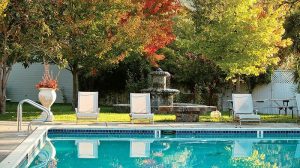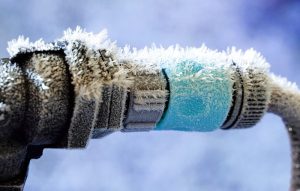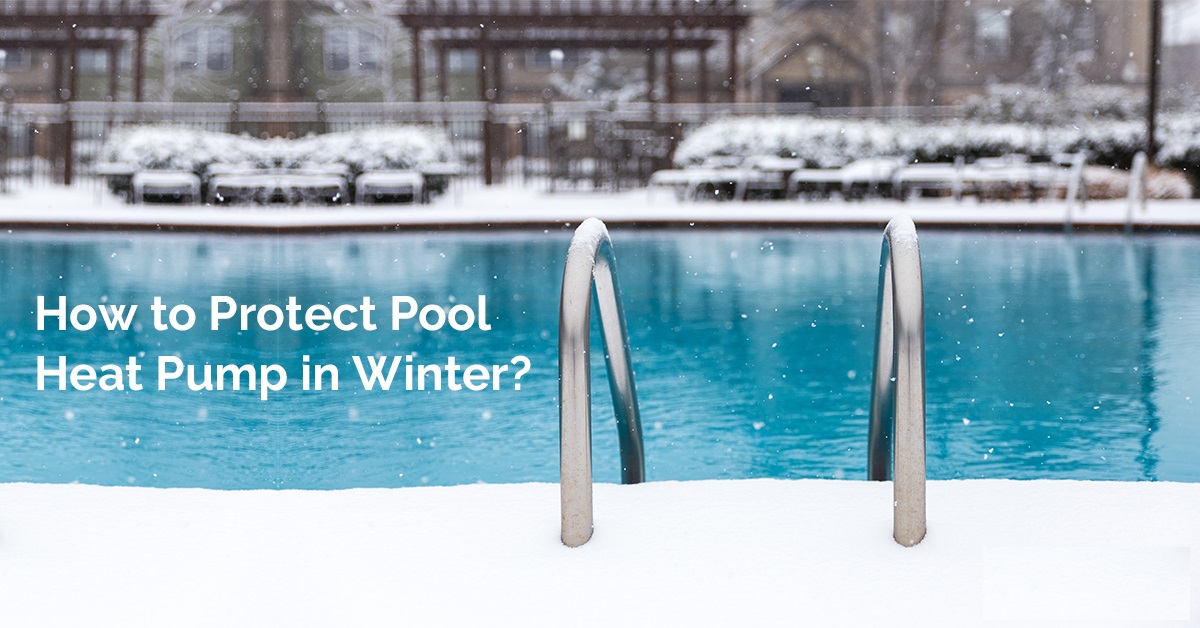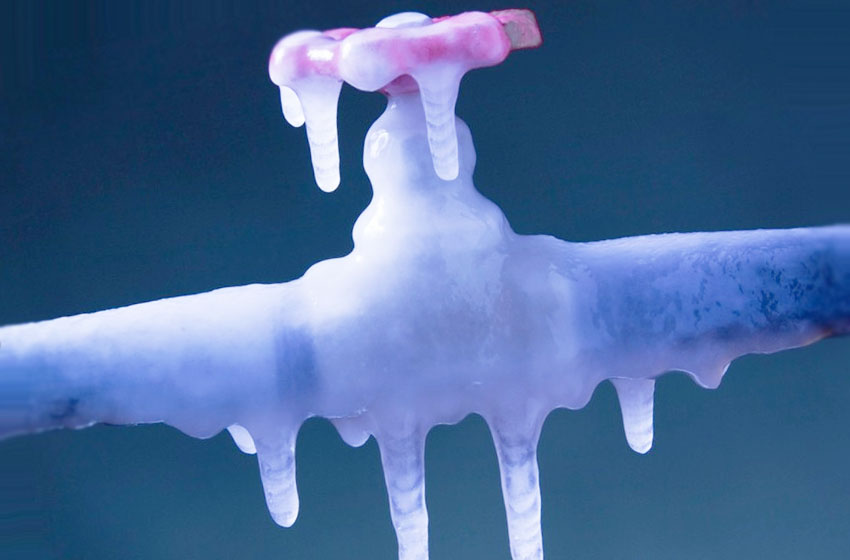 The beauty of living in Texas means that winterizing your pool is quite simple. Unlike the North East, if you happen to live in the North Texas area, most winters are mild and average around 59- 60 degrees. Texans are well aware of the random December and January weather swings from 80 degrees one day to 30 degrees the next. Due to these spikes in temperatures and short winters, it is NOT recommended to close pools in Texas. Instead, it is recommended to install proper freeze protections and manage proper water chemistry throughout the winter. Studies have shown algae thrives in warm temperatures creating a breeding ground for green pools without properly balanced water chemistry. Since the winter in Texas is short and mild, often the cost of closing and opening a pool in Texas outweighs the benefit of routine maintenance and maintaining proper water chemistry. In addition, most pool owners and their friends choose to enjoy the beauty of the pool year round.
The beauty of living in Texas means that winterizing your pool is quite simple. Unlike the North East, if you happen to live in the North Texas area, most winters are mild and average around 59- 60 degrees. Texans are well aware of the random December and January weather swings from 80 degrees one day to 30 degrees the next. Due to these spikes in temperatures and short winters, it is NOT recommended to close pools in Texas. Instead, it is recommended to install proper freeze protections and manage proper water chemistry throughout the winter. Studies have shown algae thrives in warm temperatures creating a breeding ground for green pools without properly balanced water chemistry. Since the winter in Texas is short and mild, often the cost of closing and opening a pool in Texas outweighs the benefit of routine maintenance and maintaining proper water chemistry. In addition, most pool owners and their friends choose to enjoy the beauty of the pool year round.
Although it is rare to get freezing temperatures in Texas, we can see lows in the 20’s and 30’s. It is important as a pool owner that your pool equipment is prepared for these drops and or the Texas Power Outage Freeze in 2021. Your service technician will come by on a weekly basis to net debris, maintain proper chemical balance and check equipment to prevent algae growth and freeze damage. In addtion to our link What To Do If Your Pool Freezes? here are a few steps to follow below:
Keep the Pool Pumps Running-
Texas is considered a mild climate; therefore we are going to want to keep our pool pumps running in the winter. It is important that as pool owners we pay attention to the temperature in the event weather is going to drop below 37 degrees. We recommend setting up text alerts with weather.com to receive notifications on your iPhone. When the temperature does drop below 37 degrees, you want to ensure that the pumps are running to prevent water freezing in the lines. Freezing in the lines may result in severe damage to the pool equipment.
Freeze Guard Switch-
One of the most important tools for Texas pools is to insure that Freeze Guard is properly functioning. Freeze Guard is a thermostat that will turn your pool pump timer on if the temperature drops below the set temperature. Freezing and damage can occur at 32 degrees. We recommend setting the temperature at 37 degrees opposed to 32 degrees since the actual air temperature can vary from the ground temperature. We recommend the Intermatic PF1102T https://www.amazon.com/Intermatic-PF1102T-Timer/
What to do if Pool Equipment is frozen?
In the event your pool equipment froze, the following steps are recommended:
1. Immediately shut power off at the breaker
2. Place blankets on top of pool equipment
3. Create a tent with tarp and place a small space heater inside tent
4. Check on equipment during thaw and closely inspect for cracks
5. If cracks are detected, contact pool service for repair and inspection
Why you should not close pools in Texas?
The short answer is that winters are short and mild. Unlike the Northeast where winter temperatures hover around 40 degrees and last 6 months. Texas winters are short and mild with temperatures around 60 degrees only lasting 3 months from December to March. Allowing a pool to be closed prior to December or past March will only further exacerbate algae growth and cost associated with making the pool functional again. See more information on the associated costs below.
Does Algae Grow in Cold Water?
Common misconceptions are that pool covers and lack of sunlight will stop algae growth. Studies have shown algae growth in pools slows below 60 degrees; however algae growth does not stop growing until temperatures stay consistently below 40 degrees. Most importantly, even when temperatures dip below freezing, studies show algae can survive and thrive when temperatures heat back up. This can create a perfect storm for algae especially with random temperature spikes in Texas winter months exceeding 75 to 80 degrees. Covering a Texas pool only exacerbates temperature spikes by trapping heat. The once dormant algae quickly blooms in chemically unbalanced water leading to heavy staining and saturation. This saturation will result in a green pool at best in the spring time.
Does Closing a Pool Save Money?
Against recommendations, every now and then we see a Texas resident (typically new residents from cooler climates) unfamiliar with pool chemistry close their pool for a couple months in effort to save money. Closing a pool properly in Texas typically costs around $200- $400. The real cost is incurred once the cover is removed from the pool (typically in March) when the temperatures begin to rise. More often than not the pool has already turned green from algae and we begin to see significant algae staining on the pool lining. The only options available are to treat the pool with a series of chemicals known as a “Green to Clean” treatment plan. This treatment typically lasts up to 2 weeks and can cost between $800- $1,200. If the pool water is beyond treatment and the pool resembles a swamp, a full drain is recommended. The cost associated with draining, power washing the algae off and refilling a green pool can exceed $1,200 plus the cost of water. Typically in Texas it ends up being far more cost effective to maintain your regular pool cleaning schedule and water chemistry since our winter months are mild and only last from December to March.
Can I just Drain my Pool and Refill it in the spring?
Very rarely do we see someone attempt to drain and refill the pool in Texas. This is highly discouraged as swimming pools are designed to be kept full of water. Without water, damage to the walls or popping of the pool from hydrostatic pressure can occur. This can result in cracks and other expensive structural repairs.






















